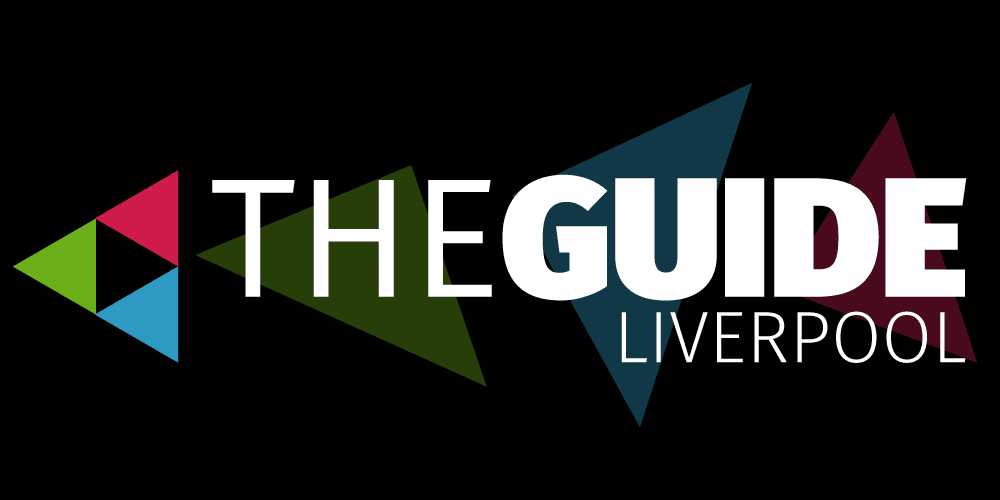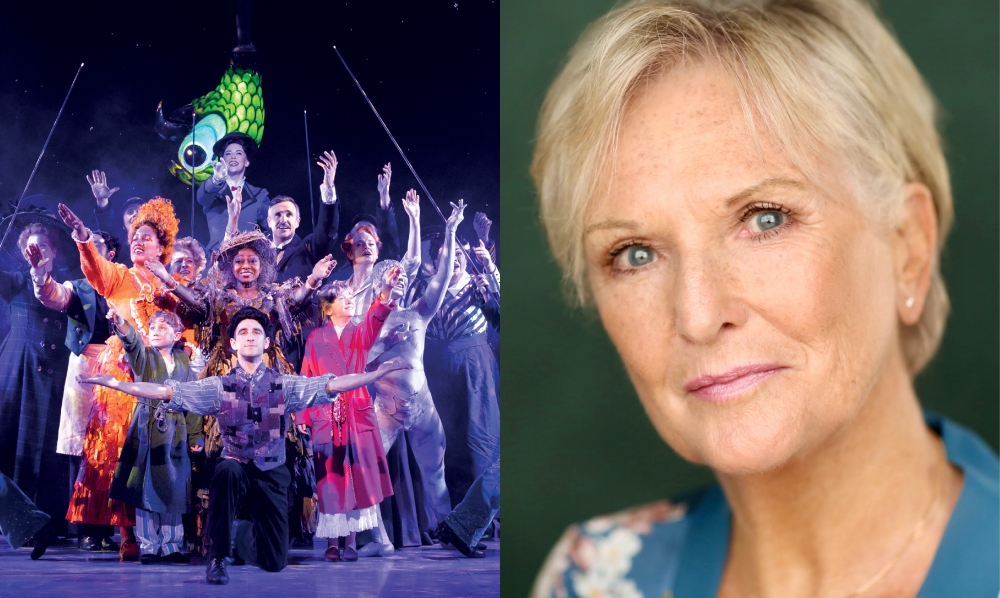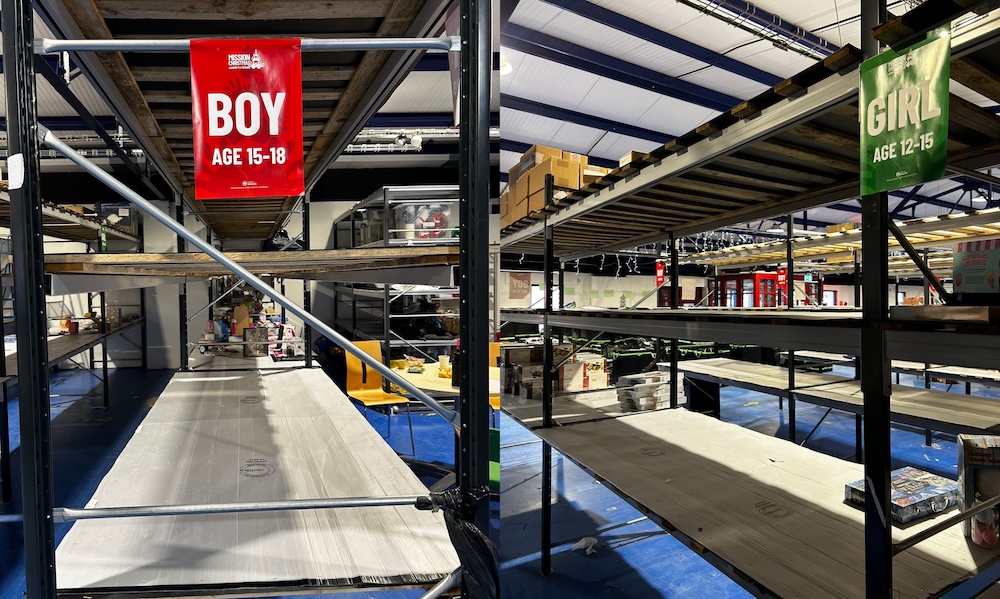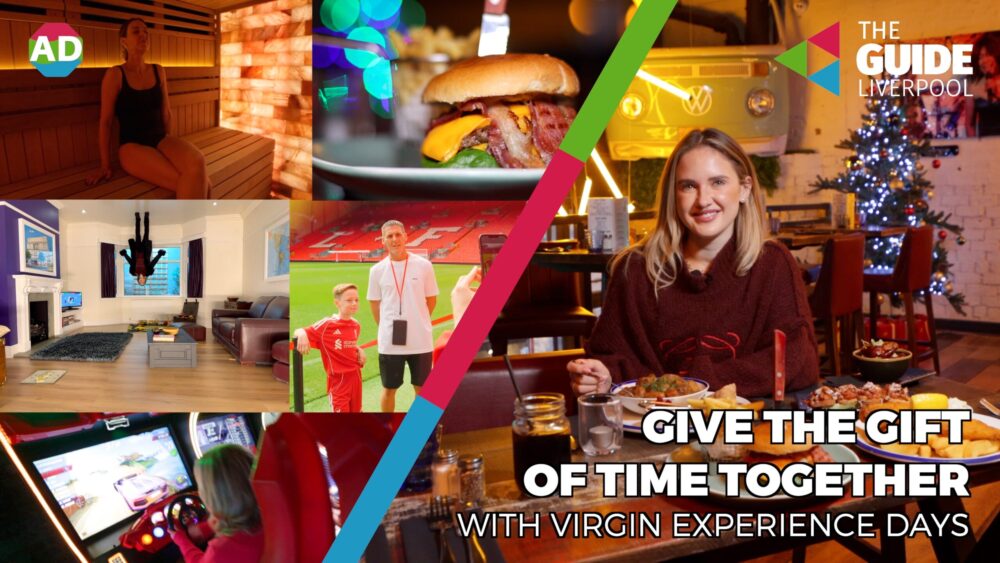
Features
Friends or foes? The History of the Merseyside Derby
1 year ago

From last-minute winners and cup final clashes to contentious decisions and red cards aplenty, The Merseyside Derby is one of world football’s longest and most fiercely competitive rivalries.
With Anfield and Goodison Park separated only by Stanley Park, the so called ‘Friendly Derby’ combines closeness and contempt, fueled by the proximity and prowess of Merseyside’s footballing giants.
As Everton get set to host Liverpool in the last-ever Goodison Derby*, we look at what makes the Merseyside Derby so special and remember some of the most memorable clashes between our two iconic clubs.
The History of the Merseyside Derby
Founded in 1878, Everton was Merseyside’s first professional football team and a founding member of the world’s first professional football league.
However, after falling out with club chairman John Houlding, several Everton directors and players left Anfield in 1892 to find a new home at Goodison Park. Houlding’s response was to create a new club to play at Anfield. This new team would be known as Liverpool FC.
The club’s first competitive clash happened two years later, with Everton running out 3-0 winners at Goodison Park, with goals from early idols, McInnes, Latter, and Bell.
Attendances at both stadiums regularly topped 30,000 in the following years, with the clubs attracting locals of either persuasion to enjoy live professional football. The clubs even shared a matchday programme from 1902 – 1932, with the home team on the front and the away team on the back.
Such was their closeness, during World War I, the teams would practice rifle fire on alternate Tuesday afternoons, one week at Goodison Park and the next at Anfield.
On the pitch, the highest-scoring Merseyside Derby ever took place at Anfield in 1932-33. Despite the legendary Dixie Dean grabbing two of his 19 career goals against Liverpool, The Reds won the contest 7-4.
Although both teams secured five first-division titles apiece before the end of World War II, Everton and Liverpool’s battle for dominance truly began in the 1960s.
The Singin’ Sixties
The Merseyside giants would win two more league titles and an FA Cup each in the 1960s in what was a tremendous time for Merseyside football. Whilst Everton boasted ‘The Holy Trinity’ of Ball, Harvey, and Kendall, Liverpool was buoyed by Bill Shankly’s brilliance, winning the 1966 Charity Shield clash between the pair.
While Everton claimed the most convincing victory of the decade, thumping The Reds 4-0 away from home, the most significant match arguably came in March 1967, when an FA Cup fifth-round clash at Goodison was broadcast live on big screens at Anfield. 105,000 fans packed into the respective stadiums to watch Alan Ball secure a 1-0 win for The Toffees.
Liverpool would go from strength to strength throughout the seventies, winning four league titles, two European Cups, a UEFA Cup, and a League Cup, Everton didn’t lift another trophy for 14 years.
The glory of the 1980s
The 80s were Merseyside glory days, with Liverpool winning a remarkable 14 trophies, including 6 League Titles and another two European Cups, with Everton winning the league in 1985 and 1987, plus the FA Cup in 1984.
Graeme Sharp scored a goal-of-the-season winner against Liverpool at Anfield in 1984 before Liverpool got revenge in the League Cup final at Wembley. Nicknamed the “friendly final”, the match is best remembered for supporters of both teams banding together to chant “Merseyside”.
Everton also finished second in 1985-86 when they took Liverpool to the wire in the league and FA Cup. Each team won away from home in the league that season before Liverpool won 3-1 at Wembley to complete a double over a Blues they’d beaten to the title by two points.
After Gary Lineker opened the scoring for Everton, Liverpool turned the game on its head with two goals in six minutes from Ian Rush and Craig Johnston before Rush secured the victory moments before full-time.
The teams revisited Wembley for the 1989 FA Cup Final, but this time against a much different mood. Several weeks earlier, more than 90 Liverpool supporters lost their lives in a preventable disaster at Hillsborough.
Supporters of both clubs again showed solidarity for their city. Following Liverpool’s 3-2 victory, fans intertwined scarves between Anfield and Goodison in a demonstration of their support. The death toll from the tragedy would eventually reach 97.
The mixed fortunes of the 1990s and 2000s.
Everton undoubtedly had the better of the Merseyside Derby throughout the 1990s, including a 2-1 victory in 1992, when Peter Beardsley became the first player to score for both clubs.
However, the Blues last lifted a major trophy in 1995 and finished above Liverpool in the league table just once ten years later. Liverpool won their fifth European Cup / Champions League the same season.
That’s not to say the Merseyside Derby hasn’t remained competitive. The fixture has seen more red cards than any other fixture since the Premier League was established in 1992.
There have been famous victories for both sides over the last 22 years. For Liverpool, see Gary MacAllister’s dramatic late free-kick winner, the Suarez-inspired semi-final win in 2012, or Gerrard’s hattrick that same year.
Meanwhile, Evertonians will point to an Andy Johnson masterclass in their 3-0 victory in 06-07, a hard-fought 1999 win at Anfield when three players were sent off, or, of course, putting the nail in the coffin of Liverpool’s title charge with a 2-0 win in April 2024.
Whatever your favourite matchday memory (we couldn’t include them all) there’s no question that the Merseyside Derby remains a fantastic, ferocious football institution that simultaneously unites and divides friends and families across our region.
And, with Everton set to move to a new stadium and Liverpool refreshed under Arne Slot, we can’t wait to see what future seasons hold.











 Subscribe
Subscribe Follow Us
Follow Us Follow Us
Follow Us Follow Us
Follow Us Follow Us
Follow Us











